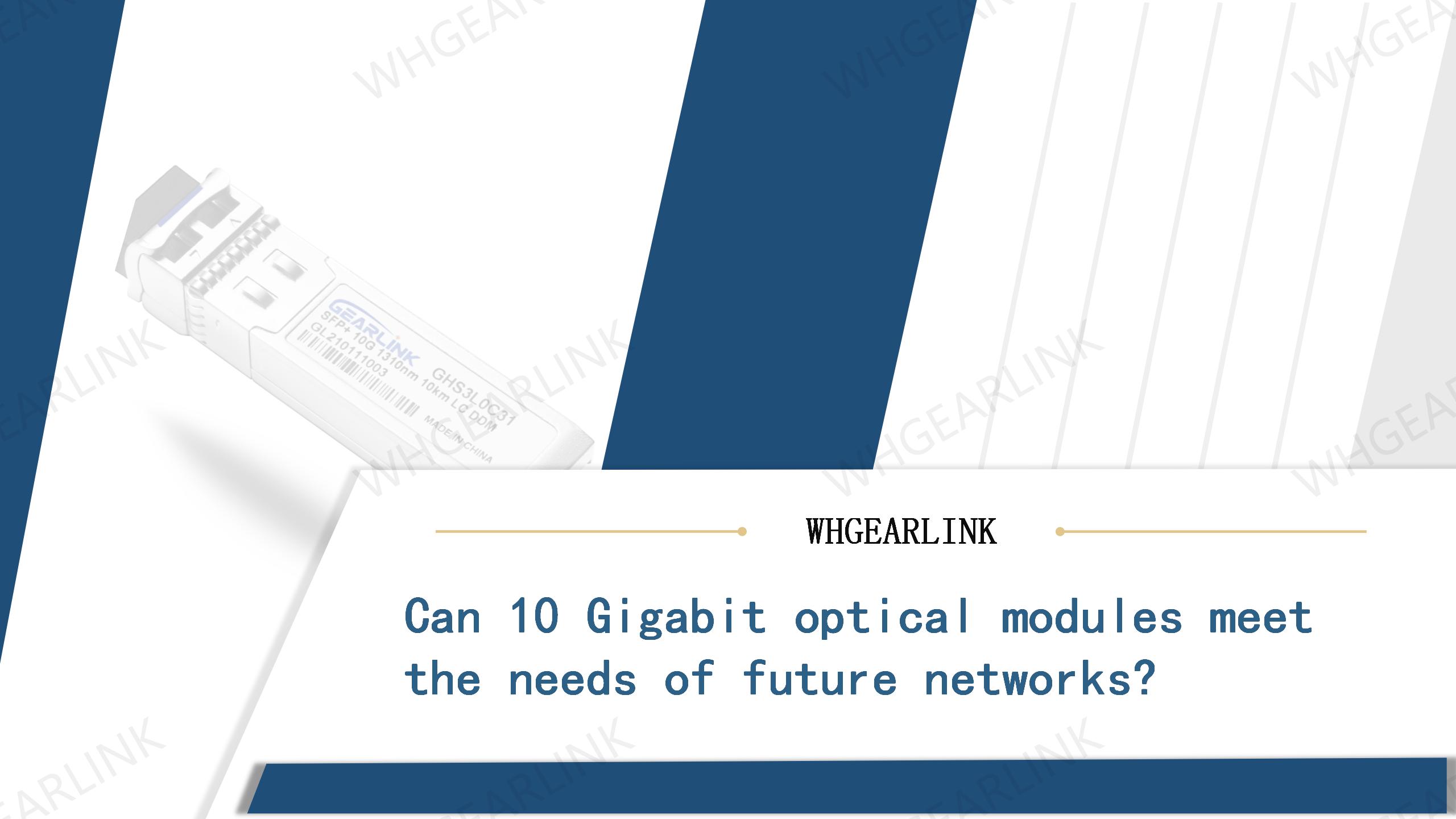10 Gigabit optical transceivers play an important role in network transmission, but with the continuous improvement of future network requirements, can it cope with higher and higher requirements? This article analyzes the requirements of 10 Gigabit optical transceivers and future networks.
10 Gigabit optical transceivers are currently one of the standard configurations in high-performance computing scenarios such as data centers, and their transmission rates can meet a large amount of data transmission requirements. With the development of the network, the transmission rate of the optical transceiver is also increasing. At present, some manufacturers have launched 400G and 800G optical transceivers, and higher-speed optical transceivers are also accelerating research and development. It is foreseeable that with the continuous increase of network requirements in the future, the transmission rate of optical transceivers will continue to increase. So, can the 10 Gigabit optical transceiver meet the increasing demand? This article will conduct an in-depth analysis of the
In the future, with the development of cloud computing, big data, AI and other technologies, the network will face more and more data transmission and processing tasks. The demand for 800G optical transceivers, 400G optical transceivers, 100G optical transceivers, and 40G optical transceivers There is no doubt about it. However, 10 Gigabit optical transceivers still play an important role in environments such as data centers and high-performance computing. Data centers usually have a large number of servers and storage devices, requiring high-speed, stable, and reliable data transmission and communication capabilities. 10 Gigabit optical transceivers can interconnect data and devices to quickly transmit and distribute large data. In addition to high-speed transmission capabilities, 10 Gigabit optical transceivers also have the advantages of low latency and high reliability, which can ensure that data centers can process large amounts of data and Efficiency and stability for complex tasks. This is one of the reasons why 10 Gigabit optical transceivers have become one of the standard configurations for ultra-large data centers.
With the continuous increase in the bandwidth demand of the future network, the development of 10 Gigabit optical transceivers will also continue to adapt to the needs of the network. For example, develop in the direction of low power consumption, intelligence, and high cost-effectiveness to meet the needs of data transmission and management in the era of big data
The advantages of 10 Gigabit optical transceivers in network transmission are self-evident. It has a high transmission rate and bandwidth, and can quickly transmit large data. In addition, the 10G optical transceiver also has the advantages of low power consumption, high stability, and strong resistance to external interference.
Through the above analysis, we can draw a conclusion: 10 Gigabit optical transceivers have the ability to meet the needs of future networks, and will be continuously upgraded and optimized. We believe that 10 Gigabit optical transceivers will still be popular in future networks and will continue to bring people more efficient and convenient transmission experience.


